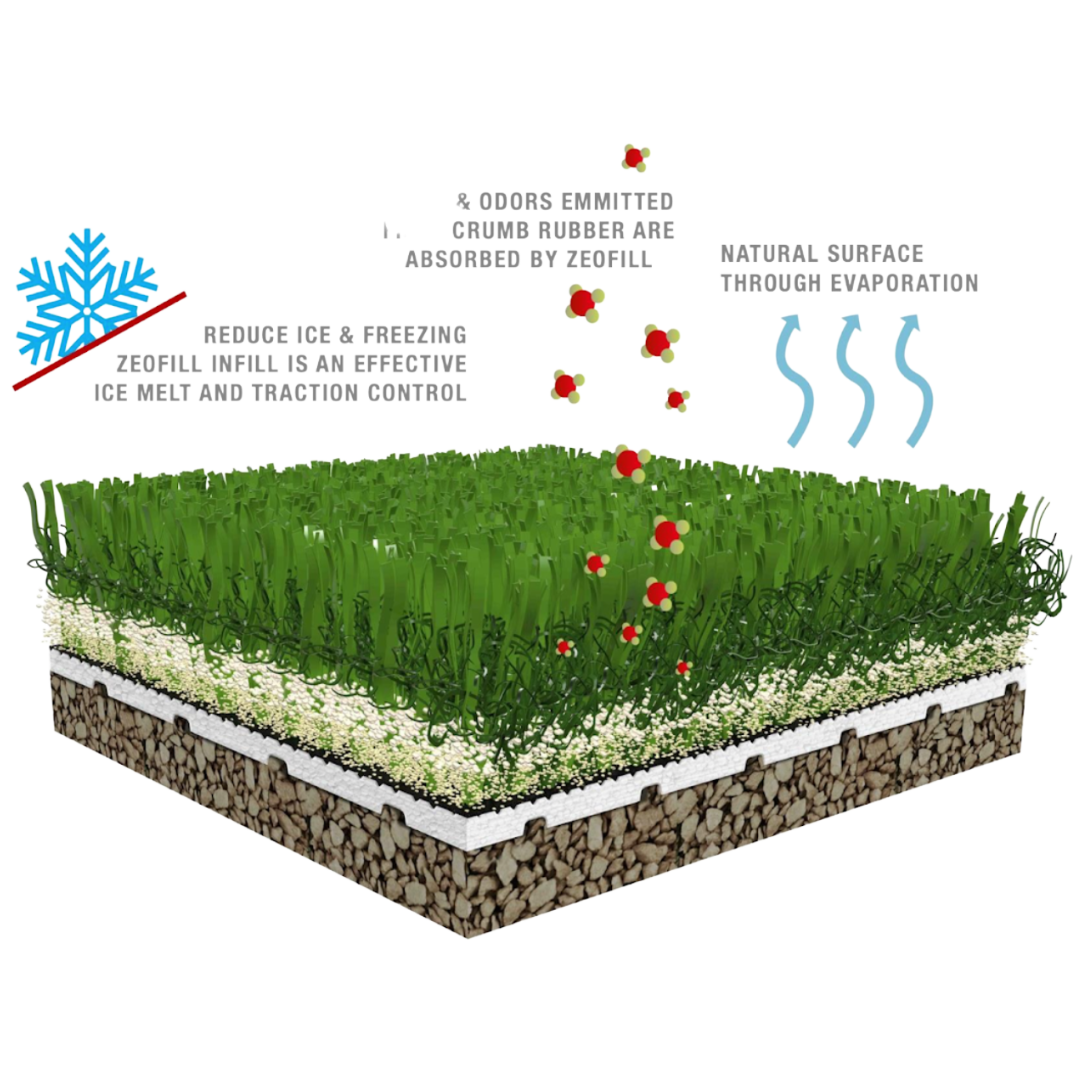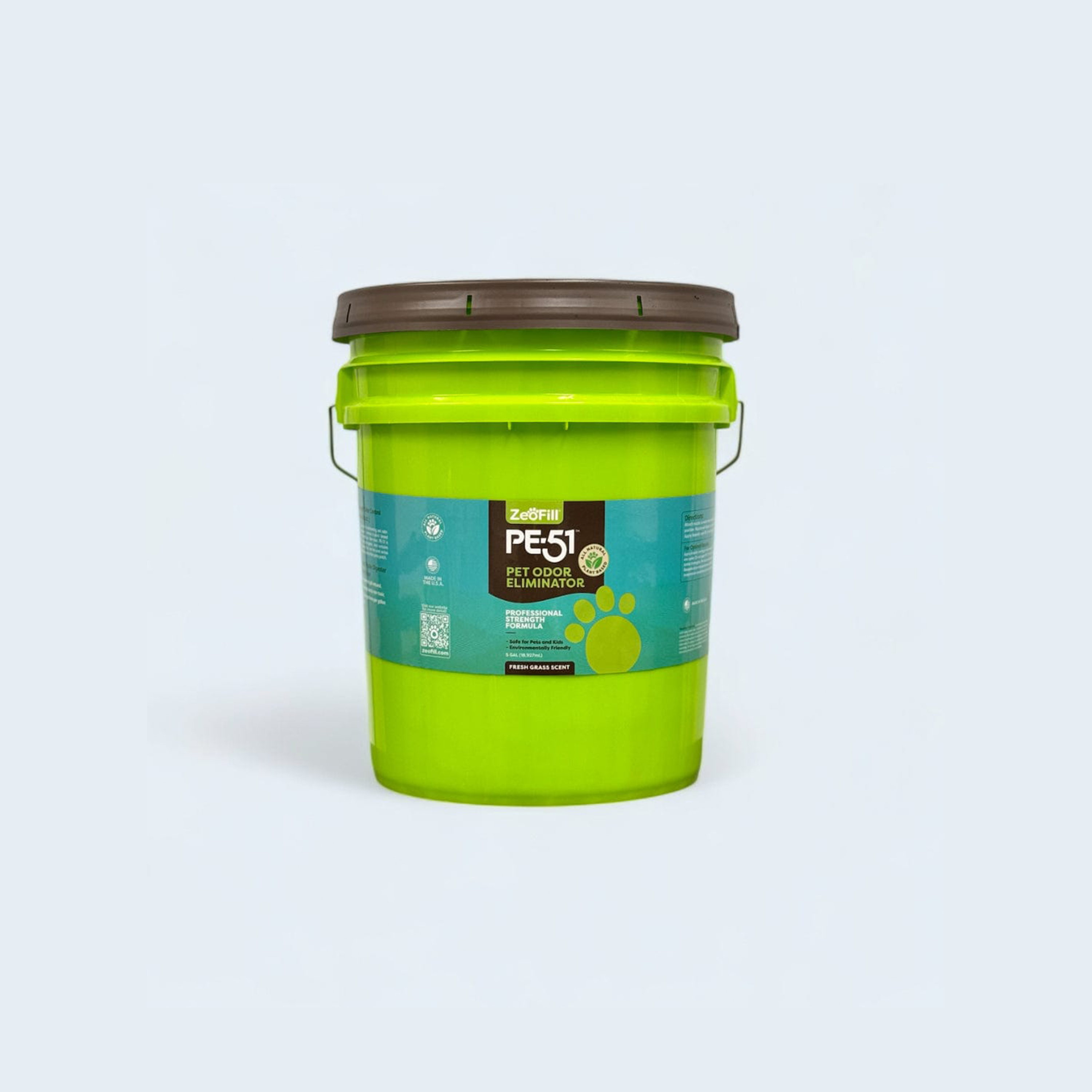Zeolite History
Zeolite was one of the first materials used by NASA to grow plants in space. Zeolite granules are naturally occurring minerals found in specific sedimentary rocks in the form of tiny crystals associated with clays and other silicate and aluminosilicate phases of similar density. Because of zeolite's molecular composition, it has an incredible absorbent/adsorbent ability. As a result, people are constantly developing new applications for zeolite, which is emerging as one of the most valuable minerals being used today.
Zeolites, often called nature's miracle, are naturally occurring microporous, aluminosilicate minerals formed where volcanic rocks and ash layers react with alkaline groundwater. Because of how it is created, naturally occurring zeolites are rarely found in pure form and are often contaminated by varying degrees of minerals such as metals, quartz, or clays.

zeolite types
There are two different types of zeolites—the natural type formed by ancient volcanic plumes and their manufactured replications.
Synthetic
Synthetic zeolite may not be the best option due to its high cost, limited adsorption and catalytic properties, low thermal stability, and higher environmental impact than natural zeolite.

Natural
Natural zeolite is found in unique mineral deposits all over the world. It is sustainable and environmentally friendly, highly effective at neutralizing odors, absorbs and retains more water, and is an organic material free from harmful chemicals.

How is OdorZorb Made?
ZEOFILL® Infill is made out of a 100% natural resource from the earth: Zeolite clinoptilolite. Zeolite is a negatively charged honey-combed molecular structure, which absorbs the urine like a magnet. It prevents the ammonia from forming a gas which is the main cause of smell. Zeolite works best as a pet urine odor eliminator because of its ability to hold onto gases for long periods of time and ability to self-regenerate with rain water!
For years there has been a struggle for pet owners to decide if artificial grass is best for their pets. Now, ZEOFILL® Products has got you covered! #ProblemSolved

ZEOFILL® Infill Installation
PE-51 Instructions
Technical Data
SURFACE HEAT COMPARISON - Zeolite vs Silica Sand
Prepared by Arenito Minerals & Chemicals Corporation









